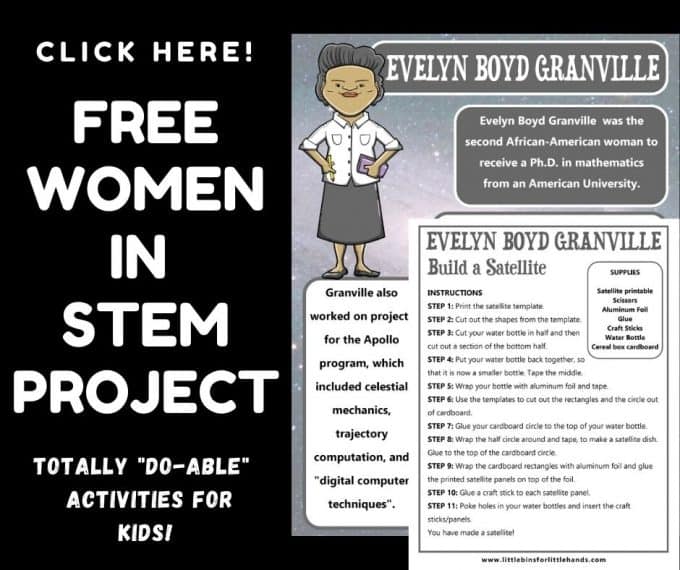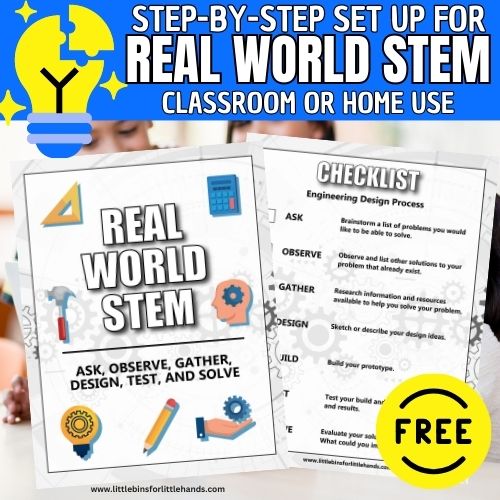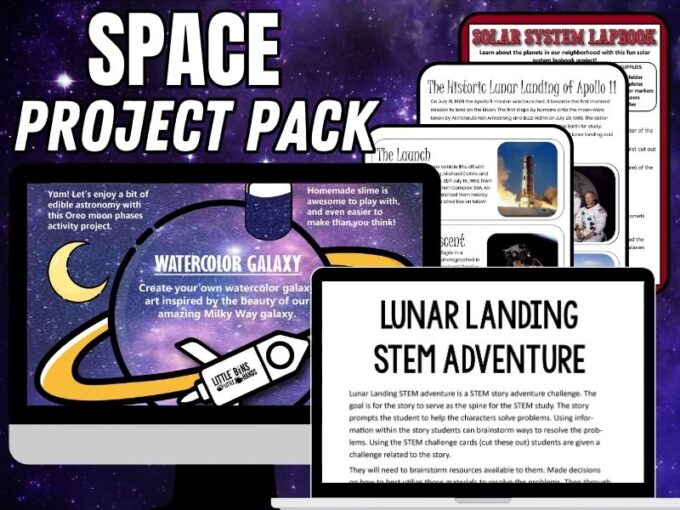Can you make your own homemade satellite? Definitely! Be inspired by American mathematician Evelyn Boyd Granville and build a satellite at home or in the classroom. Satellites are communication devices that orbit the earth, and receive and send information from the earth. All you need are a few simple supplies to make this fun engineering project.
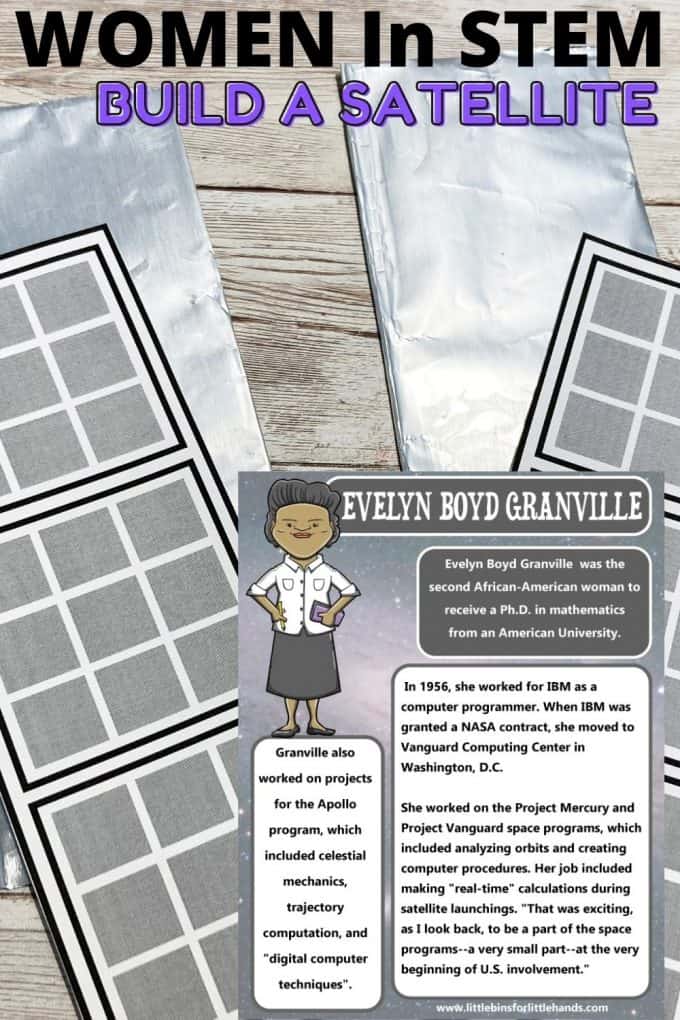
Who Is Evelyn Boyd Granville?
Evelyn Boyd Granville was the second African-American woman to receive a Ph.D. in mathematics from an American University. She graduated in 1949.
In 1956, she worked for IBM as a computer programmer. When IBM was granted a NASA contract, she moved to Vanguard Computing Center in Washington, D.C.
She worked on the Project Mercury and Project Vanguard space programs, which included analyzing orbits and creating computer procedures. Her job included making “real-time” calculations during satellite launchings.
“That was exciting, as I look back, to be a part of the space programs–a very small part–at the very beginning of U.S. involvement.”
Granville also worked on projects for the Apollo program, which included celestial mechanics, trajectory computation, and “digital computer techniques”.
Also learn about African American mathematician, Katherine Johnson.
Helpful STEM Resources To Get You Started
Here are a few resources to help you introduce STEM more effectively to your kiddos or students and feel confident when presenting materials. You’ll find helpful free printables throughout.
- Engineering Design Process Explained
- Real World STEM
- What Is An Engineer
- Engineering Words
- Questions for Reflection (get them talking about it!)
- BEST STEM Books for Kids
- 14 Engineering Books for Kids
- Jr. Engineer Challenge Calendar (Free)
- Must Have STEM Supplies List
Get Your FREE Printable Satellite Project!
DIY Satellite Project
Note: You can provide a variety of materials and encourage your kids to come up with their own take on how to make a satellite. Or follow the instructions below!
Supplies:
- Satellite printable
- Scissors
- Aluminum Foil
- Glue
- Craft Sticks
- Water Bottle
- Cereal box cardboard
Instructions:
STEP 1: Print the satellite template and cut out the shapes from the template.
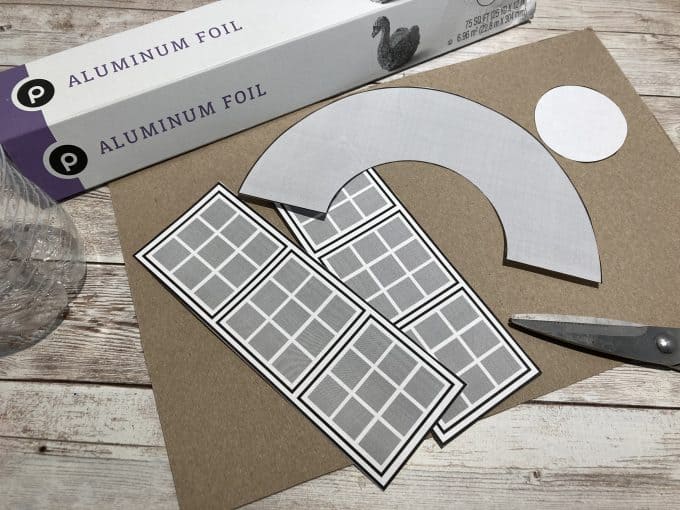
STEP 2: Cut your water bottle in half and then cut out a section of the bottom half.
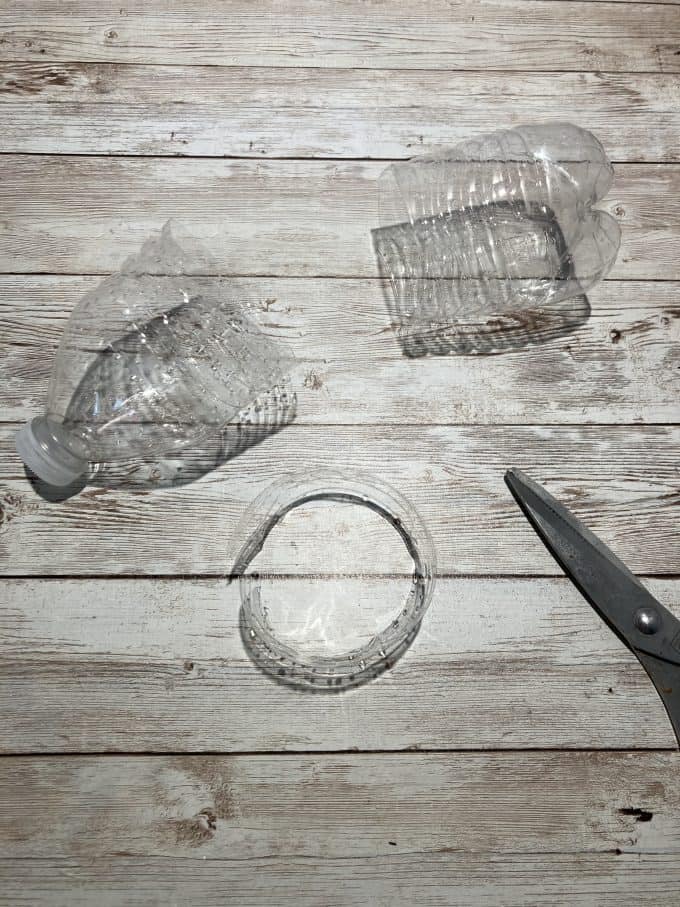
STEP 3: Put your water bottle back together, so that it is now a smaller bottle. Tape the middle.

STEP 4: Wrap your bottle with aluminum foil and tape.

STEP 5: Use the templates to cut out the rectangles and the circle out
of cardboard.
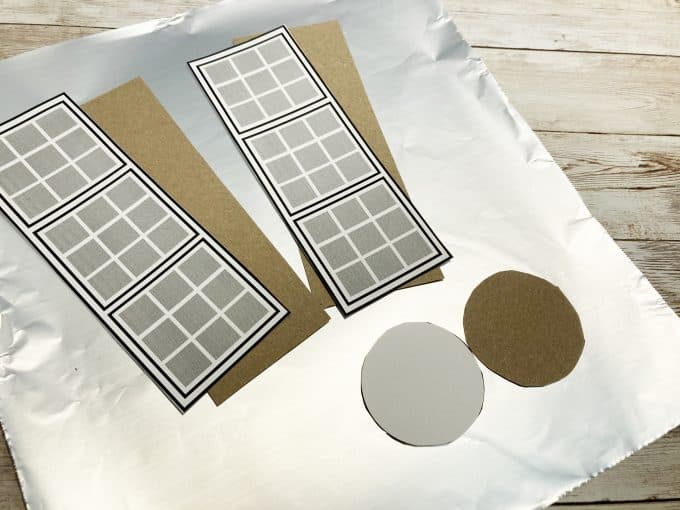
STEP 6: Glue your cardboard circle to the top of your water bottle.
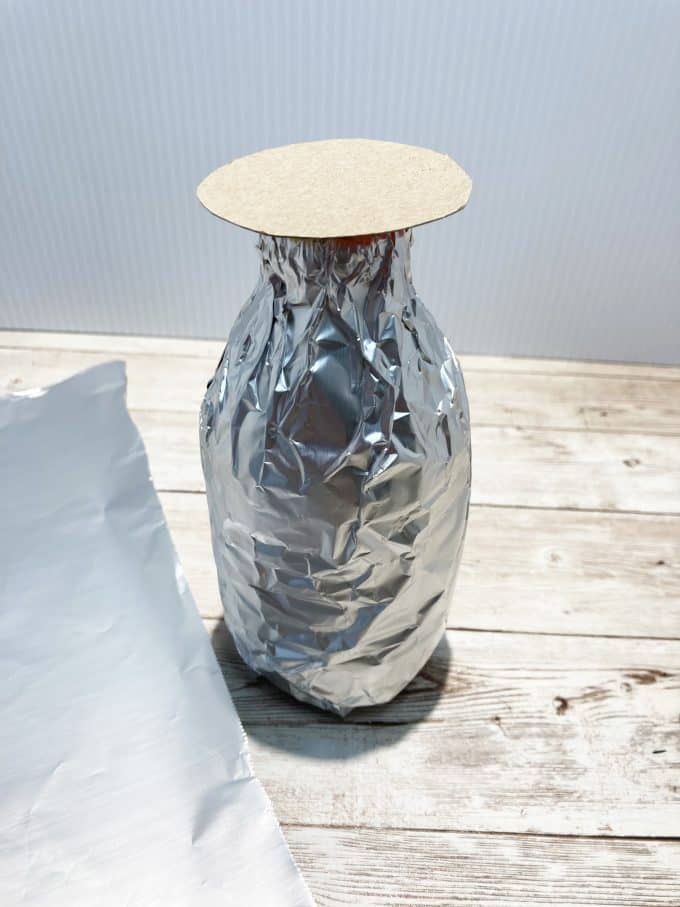
STEP 7: Wrap the half circle around and tape, to make a satellite dish. Glue to the top of the cardboard circle.


STEP 8: Wrap the cardboard rectangles with aluminum foil and glue the printed satellite panels on top of the foil.
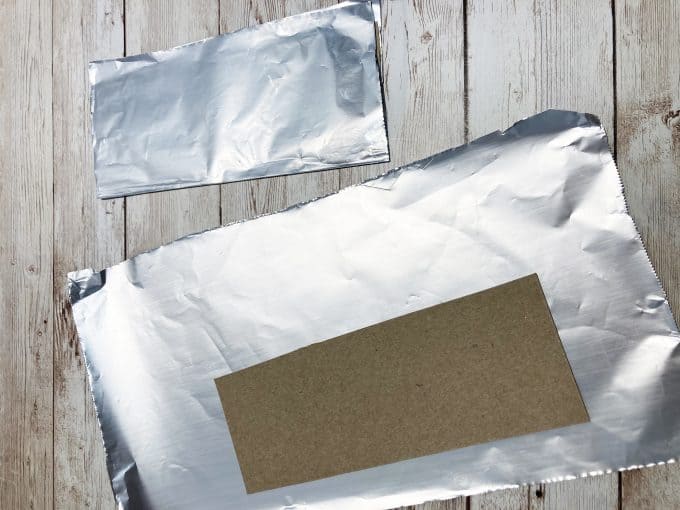
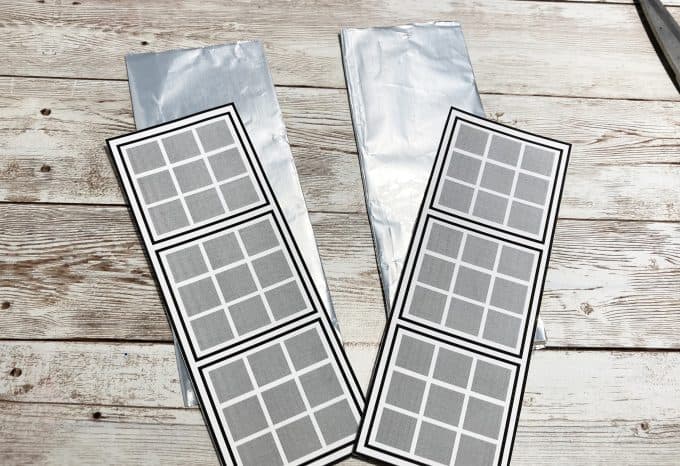
STEP 9: Glue a craft stick to each satellite panel.
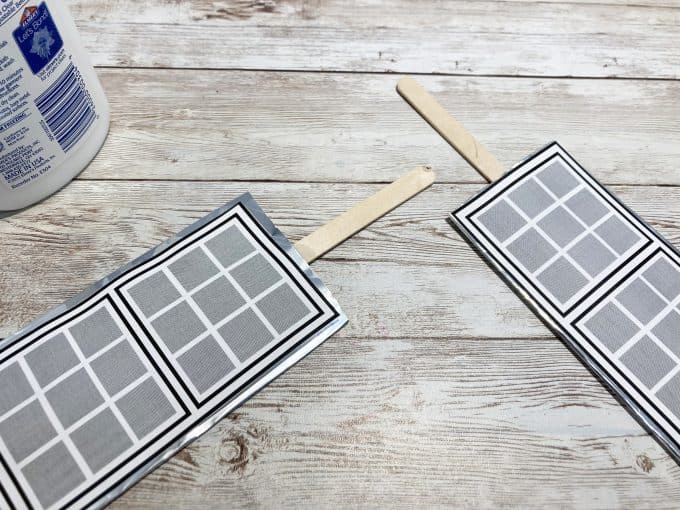
STEP 10: Poke holes in your water bottles and insert the craft sticks/panels.
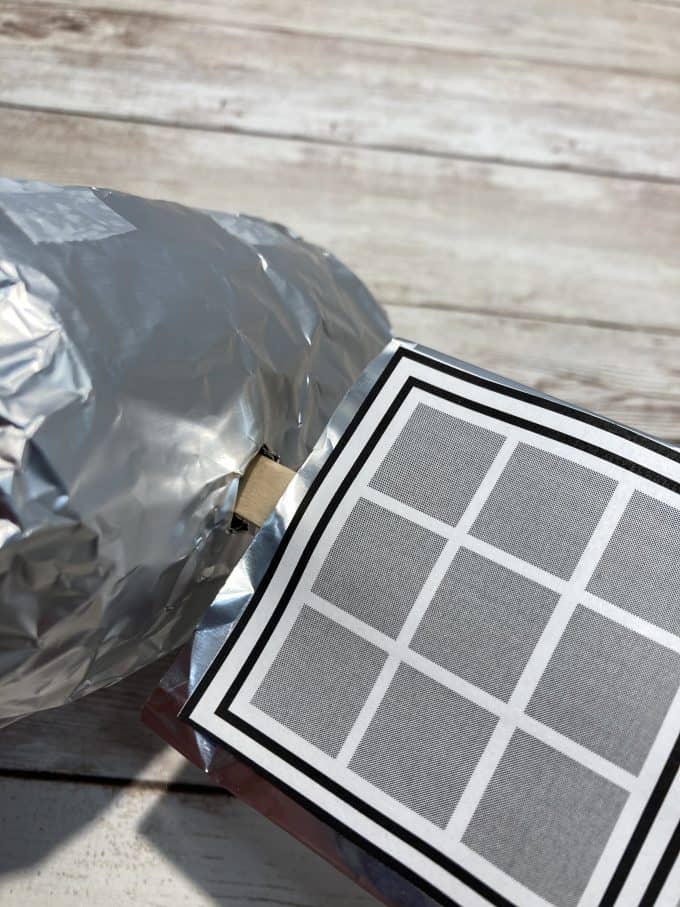
You have made a satellite!
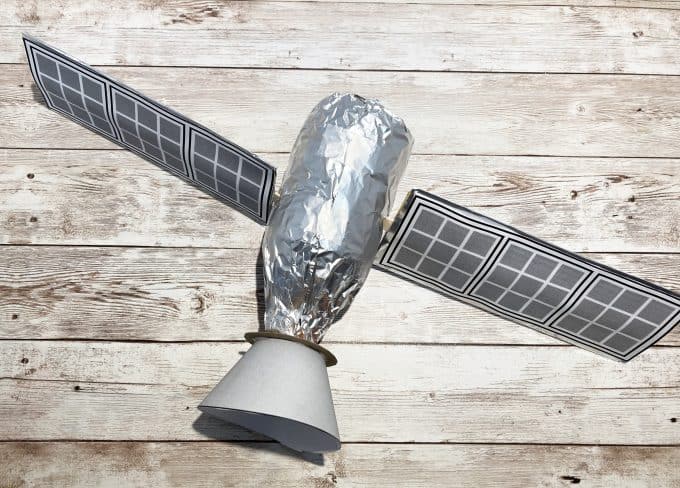
STEM For Kids
So you might ask, what does STEM actually stand for? STEM stands for science, technology, engineering, and math. The most important thing you can take away from this, is that STEM is for everyone!
Yes, kids of all ages can work on STEM projects and enjoy STEM lessons. STEM activities are great for group work, too! You can read more about the valuable life lessons that STEM can provide kids here.
STEM is everywhere! Just look around. The simple fact that STEM surrounds us is why it’s so important for kids to be a part of, use, and understand STEM.
From the buildings you see in town, the bridges that connect places, the computers we use, the software programs that go with them, and to the air we breathe, STEM is what makes it all possible.
Interested in STEM plus ART? Check out all our STEAM Activities!
Engineering is an important part of STEM. What is engineering in kindergarten and elementary? Well, it’s putting together simple structures and other items and learning about the science behind them in the process. Essentially, it’s a whole lot of doing!
Set Up Your Own Real-World STEM Project
Check out how your kids can learn how to look around their home, school, or community and put their STEM skills to the test with our Real World STEM Project Guide.
More Fun Space Activities
Pair this lunar lander project with more easy hands-on space activities for kids.
Study moon phases and create your own hands-on activity.
Build a space shuttle from simple supplies.
Create a model of the solar system.
Build a lunar lander and learn a bit about a scientist, Katherine Johnson.
Make a DIY spectroscope that scientists use to study space.
Build a model of the Aquarius Reef Base.
Printable Space Projects Pack
With 250+ pages of hands-on fun space-themed fun, you can easily explore classic space themes with your kiddos, including moon phases, constellations, the solar system, and of course the 1969 Apollo 11 lunar landing with Neil Armstrong.


